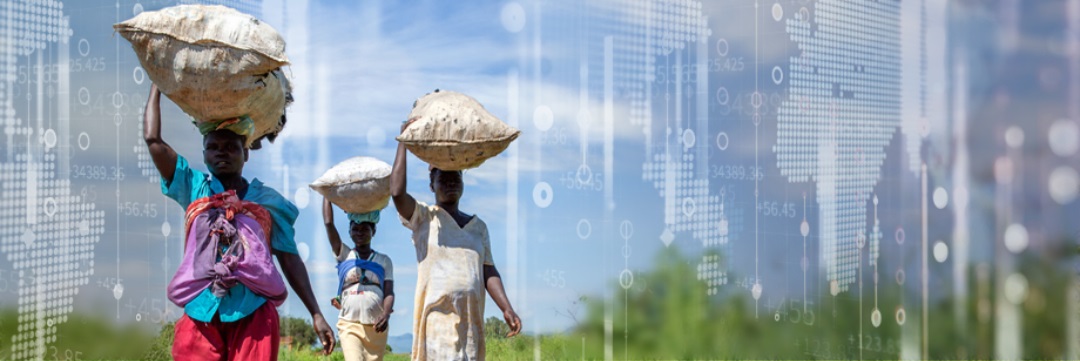
The FAO Statistics Division, the World Bank and IFAD have joined forces to build RuLIS, as a tool to support policies for reducing rural poverty. Information on agricultural income and rural livelihoods is crucial for the formulation of evidence-based
development policies.
RuLIS also supports the monitoring of SDG indicators 2.3.1 (Volume of production per labor unit by classes of farming/ pastoral / forestry enterprise size) and 2.3.2 (Average income of small-scale food producers, by
sex and indigenous status). It also contributes to the measurement of SDG indicator 5.a.1 (a) Proportion of total agricultural population with ownership or secure rights over agricultural land, by sex; and (b) share of women among owners or rights
bearers of agricultural land, by type of tenure.
RuLIS scales-up the production and compilation of data on incomes, livelihoods and rural development from a large pool of countries, and provides users access to:
- Harmonized indicators computed from nationally representative household surveys, disaggregated by gender, rural/urban areas, expenditure quintiles, share of income from agriculture and farm size;
- Bulk-download of standardized micro-variables (when micro-data are publicly available) at the household, individual and community level that the RuLIS team has computed with an harmonized approach;
- Ready-made national level time series data related to rural livelihoods downloaded from external sources;
- A tool to build customized indicators from micro variables that allow users with relevant technical skills to build their own customized indicators;
- Documentation on the surveys processed, such as questionnaire, related reports, the do files employed by RuLIS project to obtain the harmonized micro-data (for surveys from 2014 onwards) and indicators, an inventory of the variables, and technical notes on their computation;
- Country briefs, technical briefs and other related technical papers that use RuLIS indicators and variables to give a detailed overview.
- Codebook of variables to show the average and standard deviation of the computed variables in every survey.
- Users’ guides on how to navigate the RuLIS platform and on the creation of customized indicators.
RuLIS country coverage
Why do we need RuLIS?
Comparable data across countries and over time on rural incomes, livelihoods and rural development are often sparse and scarce. RuLIS brings together harmonized indicators and data.Latest
RuLIS published a new country brief to accompany the release of the latest dataset, providing data and information on various socio-economic aspects of the rural settings, to support the formulation of evidence-based development policies in eight Member States of the West African Economic and Monetary Union (WAEMU).
